Bill Morris looks like a man born behind the wheel of a Land Rover Defender.
He sits comfortably in the driving seat of a One Ten at the top of The Staircase, one of the tougher obstacles for 4x4s on Solihull’s famous Land Track, and smiles at the memory of tackling it a minute earlier, resting his arm on the window sill the way Defender people do when in all but the dead of winter.
The 3.5-litre petrol V8 woofles quietly at idle. Then comes the characteristic deep clunk as Morris selects first gear with the long lever. The engine note rises just a little and he’s off to tackle it again, smiling still. It’s a few years since he’s driven one of these, but the pleasure never fades.
Morris was Land Rover’s chief engineer when this car was new. We’ve enlisted his aid, and come to this iconic spot just yards from the production line where every UK Defender started life, to clear up a mystery that surrounds Land Rovers of the 1980s and early 1990s model: when and how they first came to wear the name.
For many, every Land Rover with the outline and layout of the Wilks brothers’ 1948 original is a Defender, an easy assumption as the 68-year-old original retires from today’s Land Rover line-up. But it isn’t true.
The Defender name didn’t become official until Britain’s 4x4 was nearly 40 years old. It wasn’t actually written on a Land Rover until 1990. However, to confuse matters, many believe ‘Defender’ can be applied to vehicles made earlier, once they had adopted a new coil-sprung suspension largely donated by the Range Rover – along with the Ninety and One Ten model names.
“The story started in the 1970s,” says Morris. “I’d been the engineer responsible for the Land Rover Series III, so I was in the right place to experience the growing pressure from the BL board to improve the Land Rover, which had been in production for nearly 30 years and needed a rethink.”
Land Rover had already sent several deputations of engineers – including Morris – around the world to meet customers and discover how they thought the vehicle should progress.
It was soon clear, says Morris, that the major demand was for the Landie to have a bigger, better engine. Well-organised Japanese opposition – principally from Toyota and Nissan, whose products had much more powerful engines – was starting to hurt Land Rover in its all-important export markets.
Land Rover Defender special - crossing the Atlantic...sort of
“The only viable big engine we had at the time was the 3.5-litre V8 from the Rover saloons and Range Rover,” says Morris, “so we dreamed up a couple of improvement steps for the Land Rover. In stage one, we’d fit the V8 to the long-wheelbase model and convert it to permanent four-wheel drive.
That became the One Ten. For stage two, we’d improve the suspension by fitting the coil spring system from the Range Rover. For stage three, we planned to come up with a new body design, but it never happened. People who still love the way the Defender looks now will probably think that was just as well.”
Morris confesses that at first he wasn’t keen on the idea of converting the Landie suspension from leaf springs to coils. “I thought we’d runinto damper trouble, because leaf springs have their own damper effect,” he says. “With coils, the wheels would move further and more oftenso we’d need better, longer-travel dampers.
“I also thought the leaf suspension placed its own limits on performance, which in turn helped our overall durability. I was right on both counts, but we managed to overcome the problems. And it became obvious very quickly that coil springs delivered better comfort.”
By 1983, Land Rover was making coil-sprung, permanent 4x4 One Tens (launched at home in Solihull) and a year later unveiled the shorter 90 model (whose wheelbase is actually 92.9in) at the Eastnor Castle estate near Ledbury, where it was developing all its vehicles. With those changes, accompanied by modernising but gentle styling tweaks, the staple Land Rover moved into the modern era, not so different (apart from a string of later engine changes) from the models made today.
The Defender name has served the company well, but it came about for predictable reasons. “It was driven by the confusion that ensued when Land Rover and Range Rover products were sold together,” Morris explains. “Land Rover Ltd was hived off from the main Rover concern in 1978, and it caused immediate uncertainty among customers. Was a Range Rover a Land Rover? And if it was, what was the Land Rover brand for?”
The matter came to a head after Land Rover launched the Range Rover across the Atlantic, using a company called Range Rover of North America. Three years later, as they shaped up to launch the Discovery there, even more confusion ensued. Why were the Range Rover and this new-fangled Land Rover Discovery differently named?
Land Rover Defender special - the most extreme Defenders
The question was especially important to those who knew how closely the two models were related under the skin. The issue of nomenclature was described by one company high-up as “an unholy mess” and something had to be done.
The plan to adopt the Defender name for the staple Land Rover is attributed to the product planning director of the time, Alan Edis, who arrived at it after a thorough word association process. The rationale for the name was simple: Land Rover was big in the defence business, so in that environment the name worked fine.
What’s more, its role as Land Rover’s icon (at a time when the Range Rover was still a low-volume offering and the new Land Rover Discovery had yet to make a big impact on buyers) was to defend the Solihull company’s hard-won place in the 4x4 world. The name ‘Defender’ was deemed ideal and adopted from 1990.
Arguably, it has even more market appeal today. Looking ahead, Land Rover models will be organised into three families: Range Rover, Defender and Discovery. A model’s family will be picked out in easily read, three-dimensional letters across the leading edge of the bonnet.
The logical system that has been needed since the Range Rover appeared in 1970, and began with the adoption of ‘Defender’ 20 years later,has at last reached maturity a further quarter of a century on.
Years ahead of the game
Coil-sprung Land Rovers might have come to market years earlier if an early proposal by veteran Land Rover development engineer Roger Crathorne had reached fruition.
“The idea for coils emerged during visits to export markets we made in the early 1970s to discover our customers’ priorities,” he says. “People could see how well the Range Rover chassis worked, but a proposal I made at the time was kyboshed.”
Within a couple of years, Crathorne was given the task of building four coil-sprung Land Rover prototypes that led eventually to today’s Defender. Did he see the irony of retracing his steps? “Not really,” he says philosophically.
“I was just pleased we were getting on with it.”



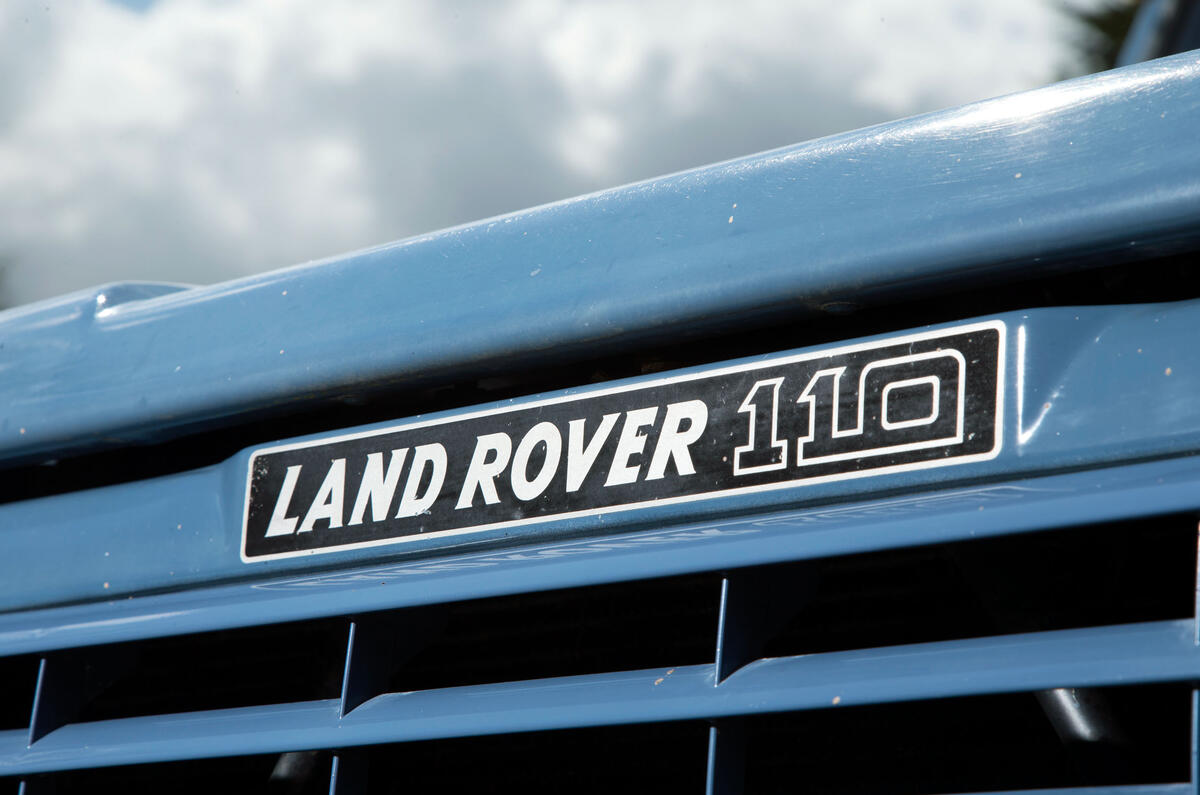
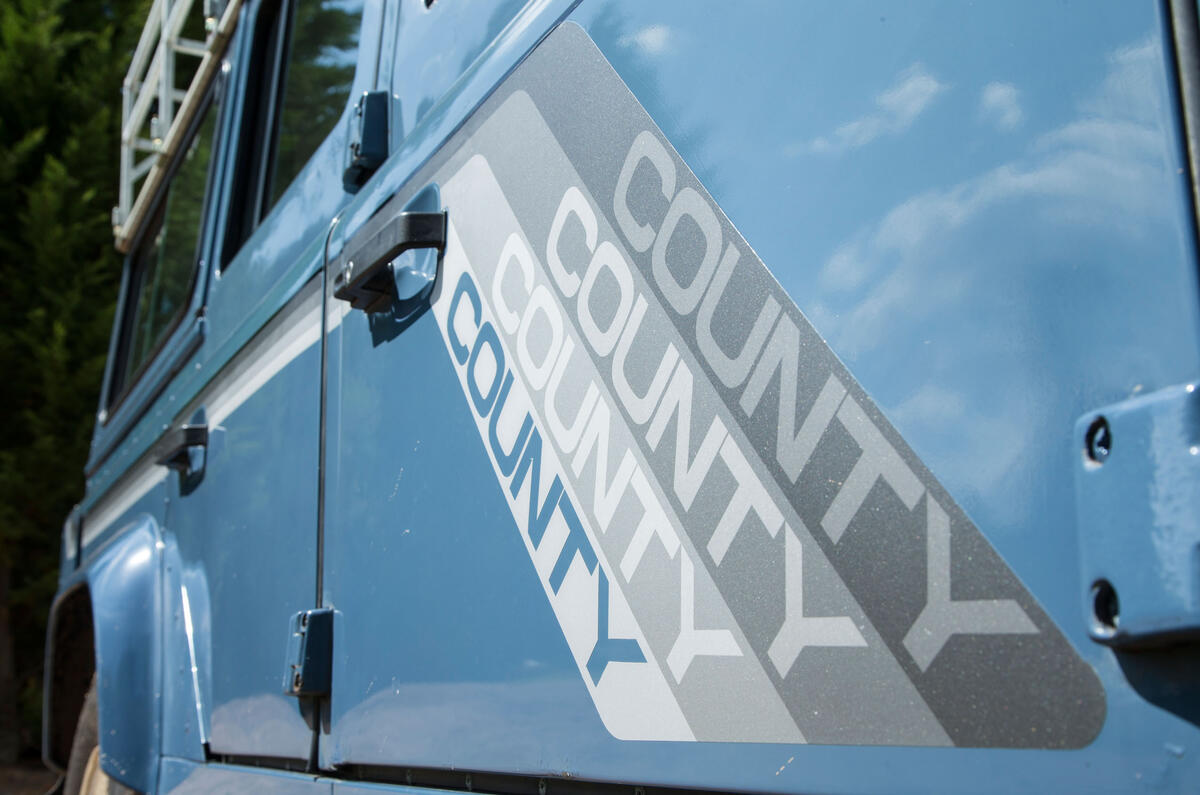
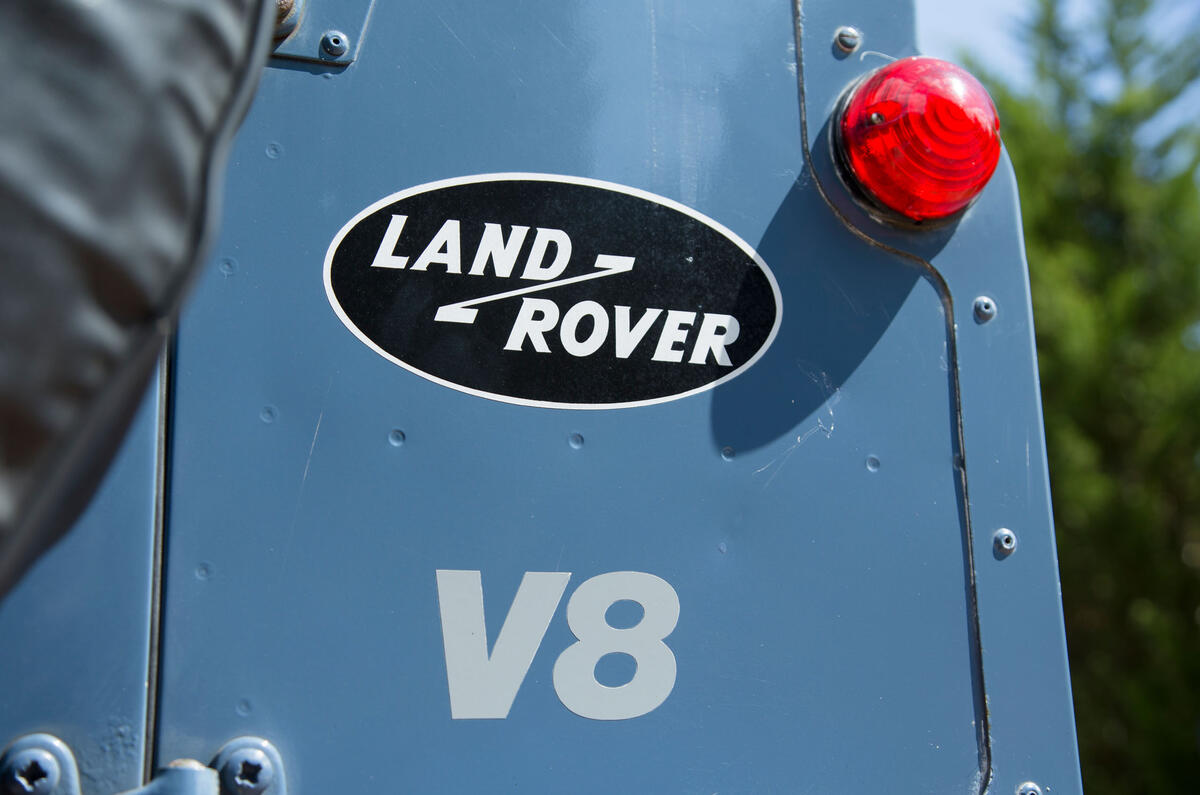
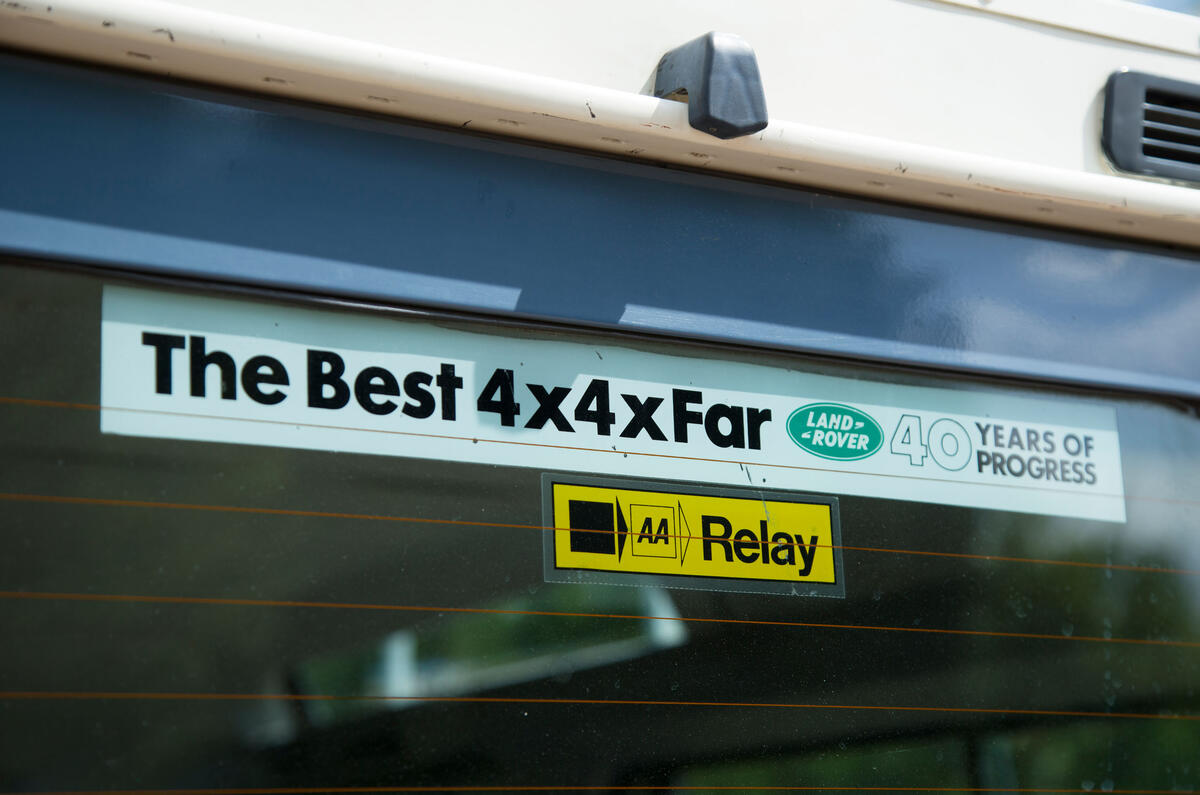
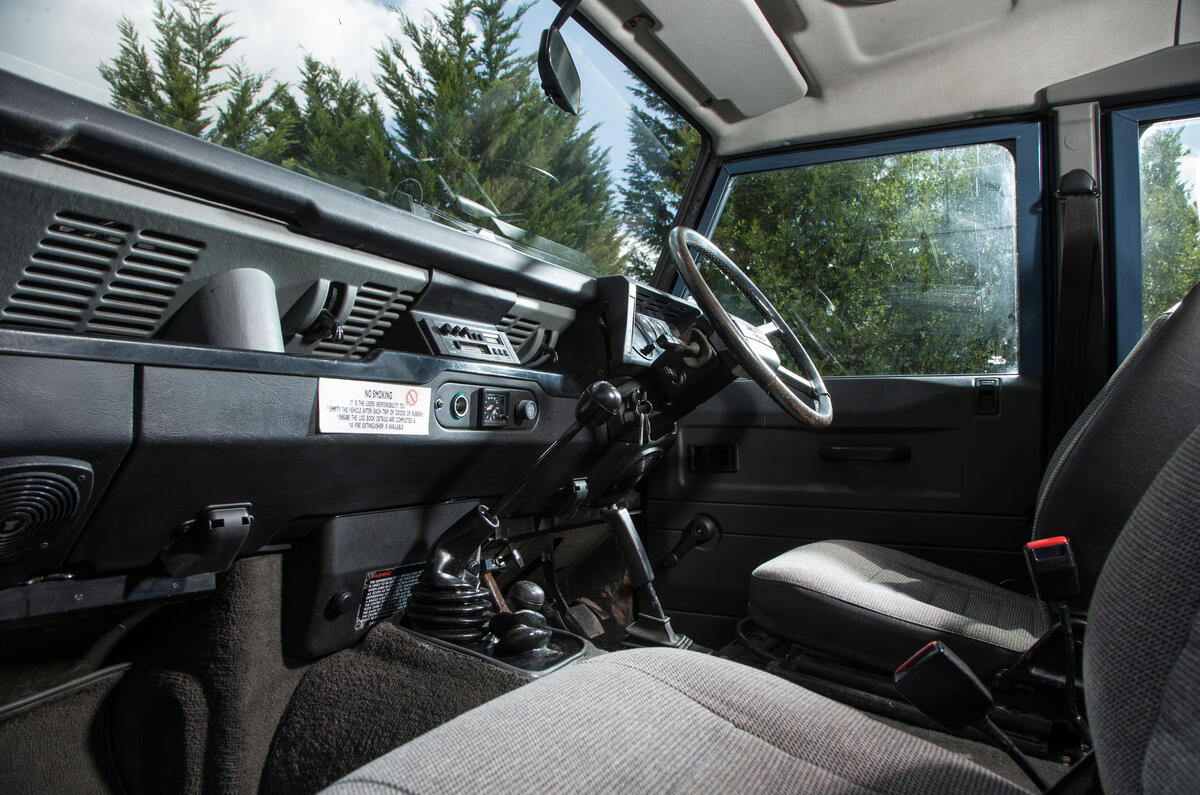
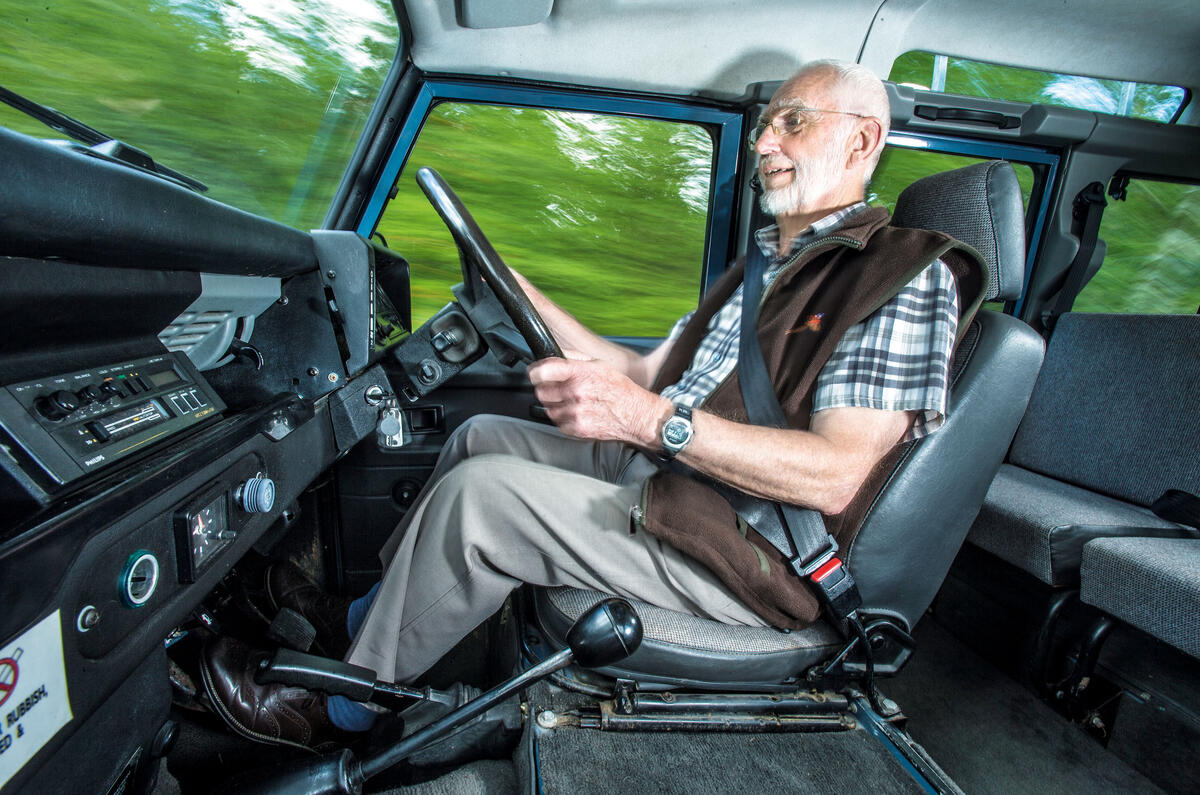
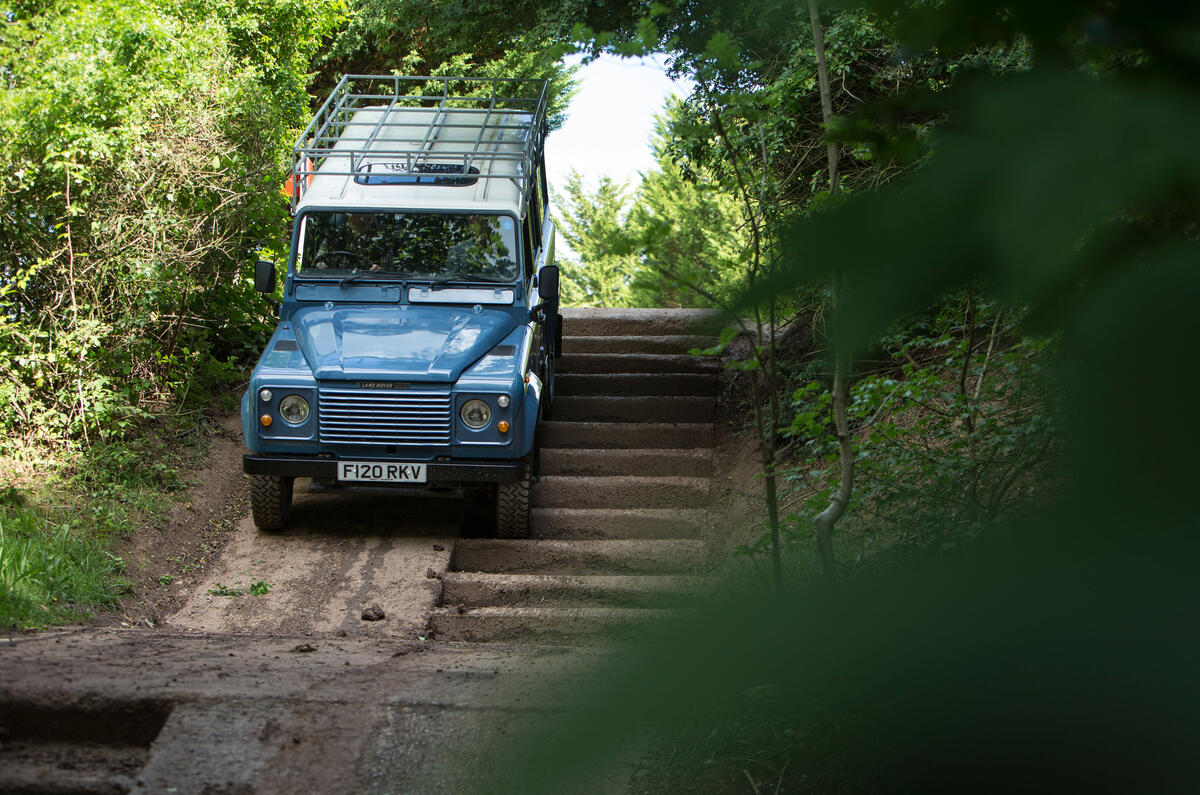
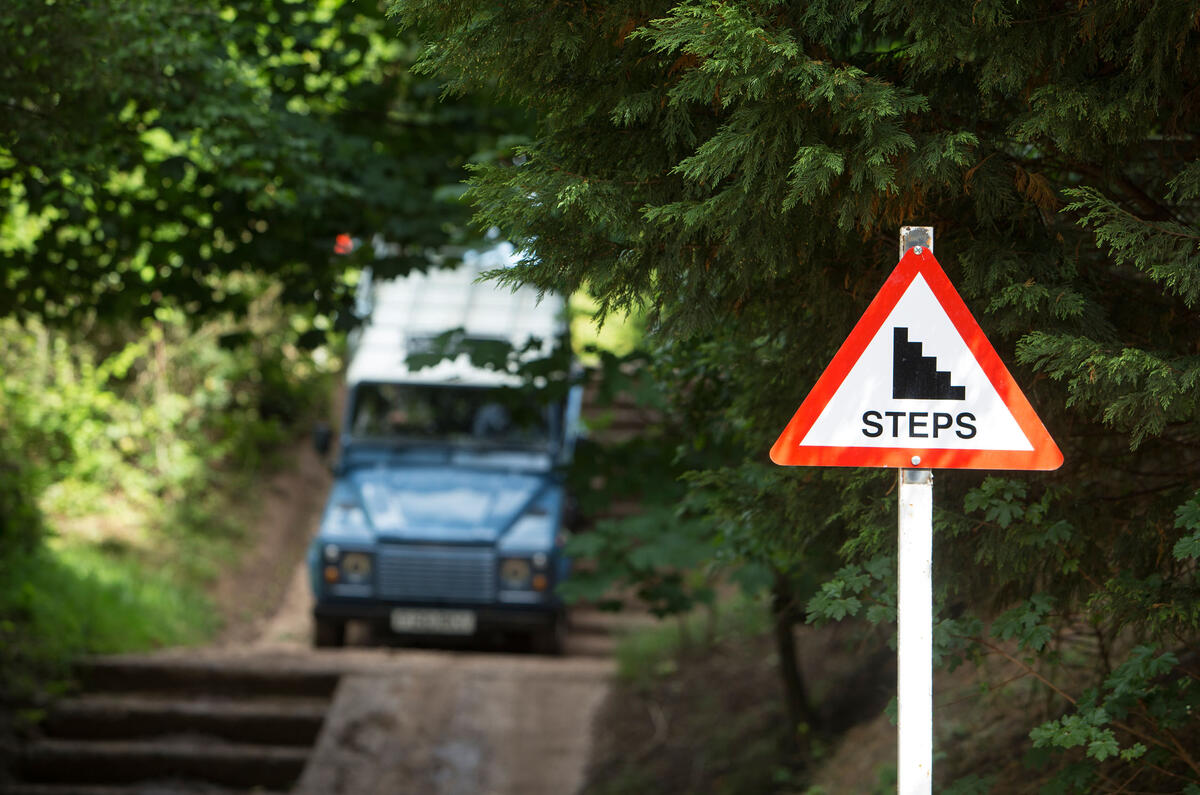
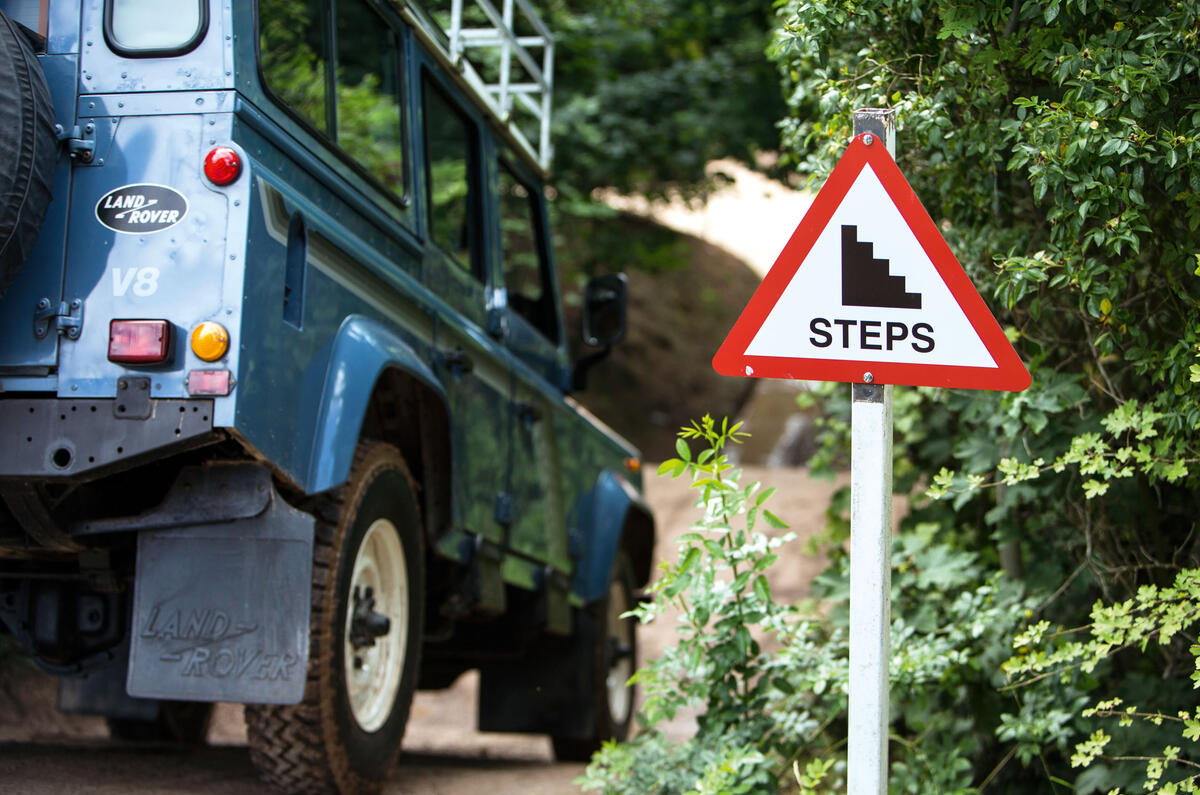
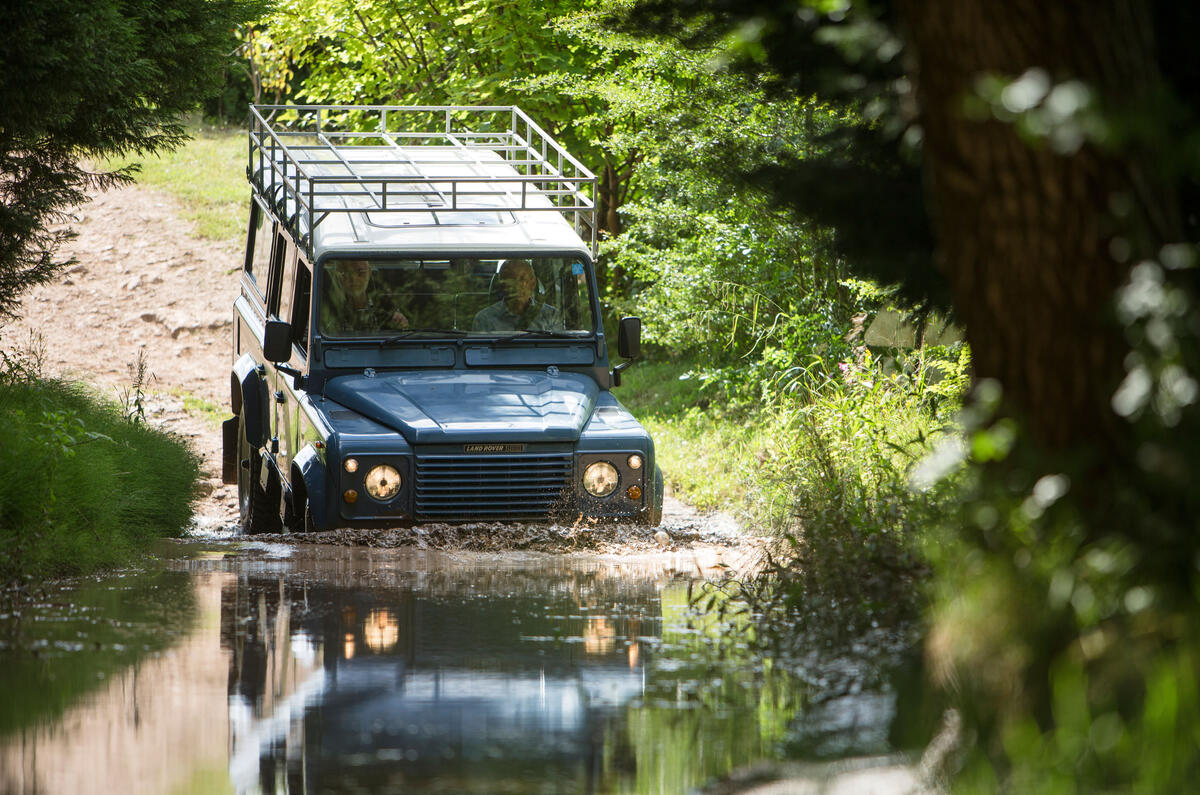
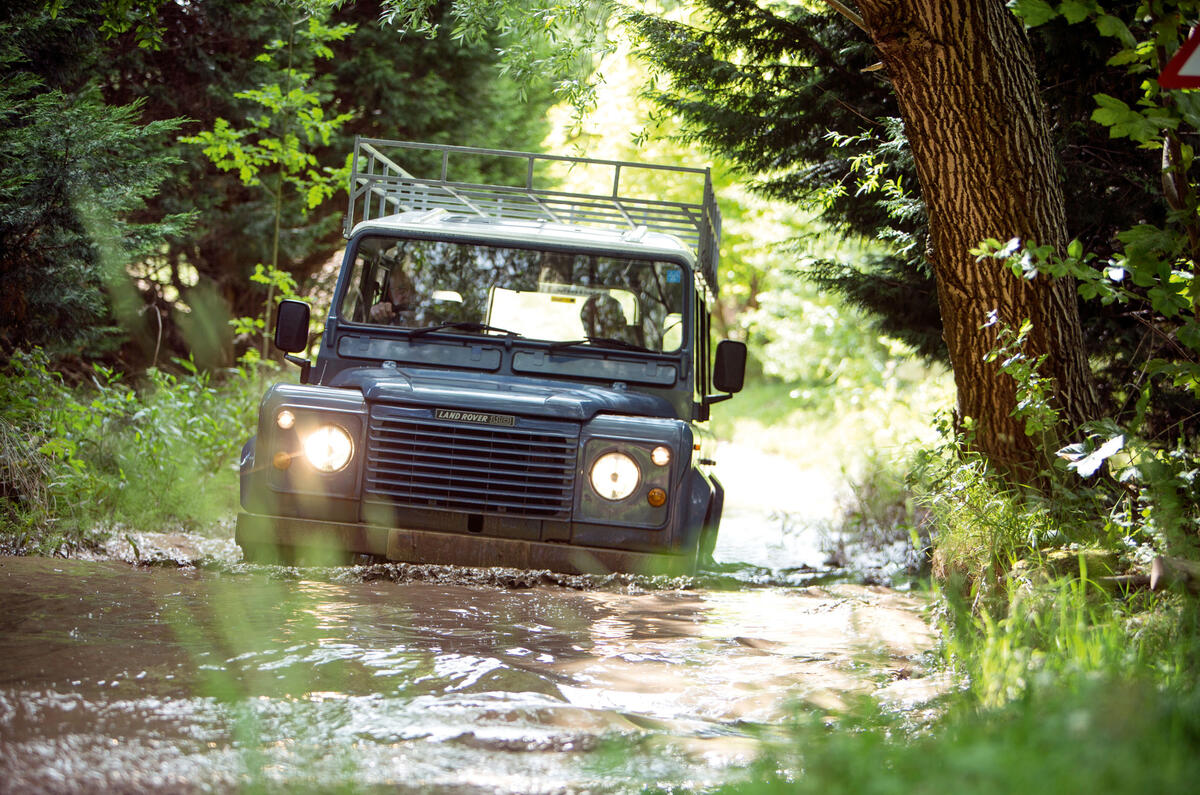
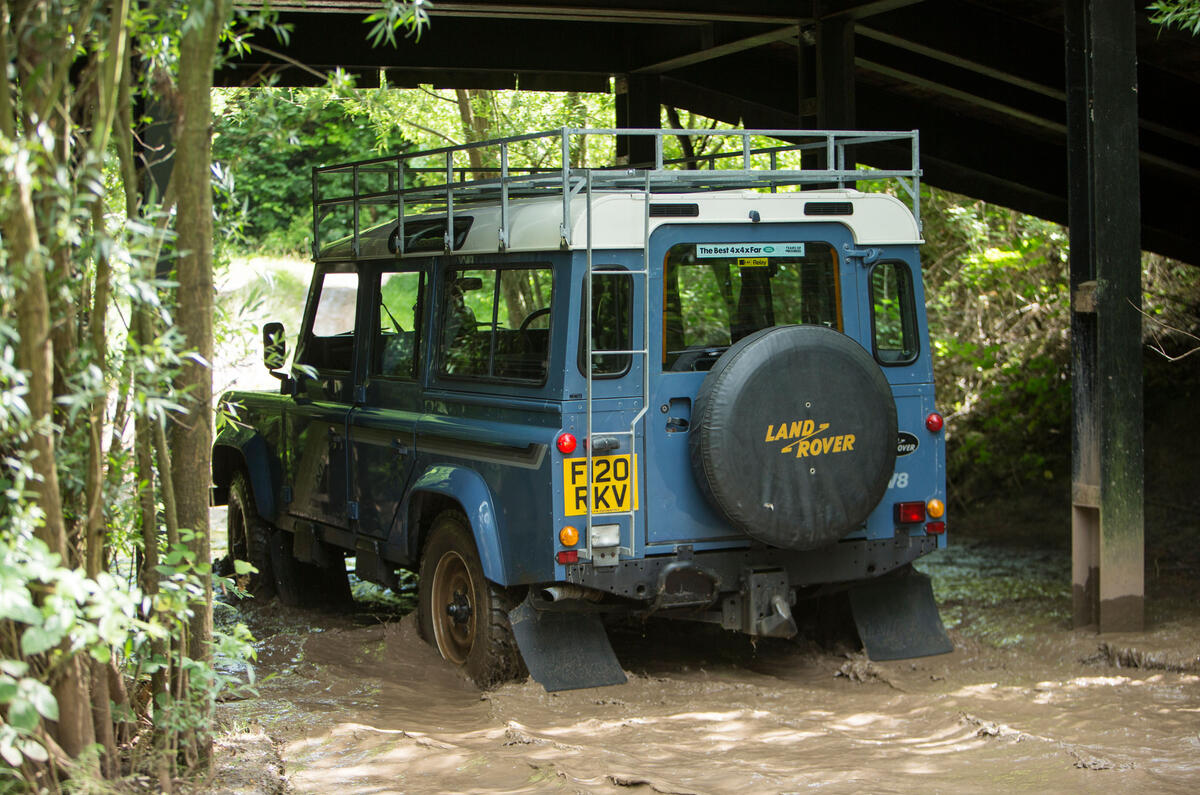
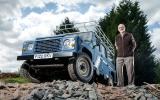

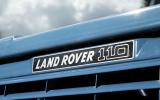

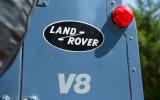
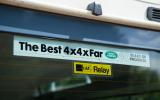
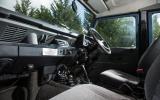

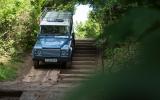











Join the debate
Add your comment
"That became the One Ten."
Typical!
I hope